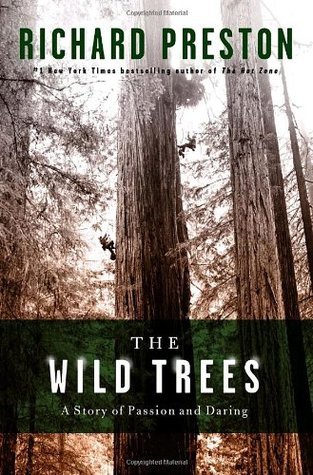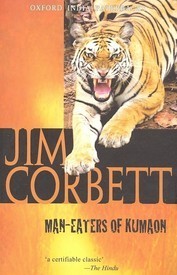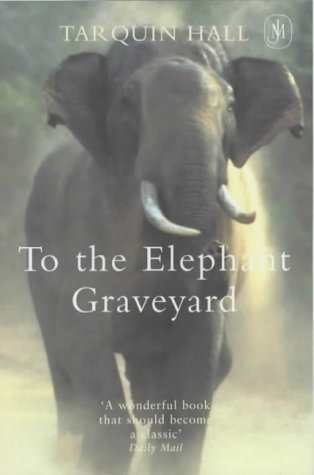
The Tiger: A True Story of Vengeance and Survival
Book Description
A relentless predator stalks the snowy slopes of Siberia, motivated by vengeance and hunger. As the village of Suslov finds itself gripped by fear, one man embarks on a treacherous hunt to confront the tiger and the darkness lurking within both beast and human. Every shadow hides peril; every breath is charged with tension. The line between hunter and hunted blurs, with lives hanging in the balance. In a world where nature’s wrath meets human desperation, what sacrifices will be made for survival? Can this wild and beautiful land forgive those who dare to challenge its untamed heart?
Quick Book Summary
"The Tiger: A True Story of Vengeance and Survival" by John Vaillant recounts the harrowing real-life event of a Siberian tiger that terrorized the remote village of Sobolonye in Russia’s Far East. The narrative weaves together the pursuit of the predator, led by seasoned tracker Yuri Trush, with the history, culture, and ecology of the region’s Amur tigers. As villagers grapple with mounting fear and uncertainty, the book explores the tense interplay between man and nature, the motivations of the animal, and the wider forces—social, economic, and environmental—that drive both tiger and human to violence. Vaillant frames the hunt not just as a battle between species, but as a profound inquiry into survival, vengeance, and the fragile equilibrium sustaining life in one of the world's harshest wildernesses.
Summary of Key Ideas
Table of Contents
Human-Wildlife Conflict and Coexistence
The story opens with a chilling account of a tiger attack in the remote village of Sobolonye in Russia’s Primorye region. The Amur tiger, driven by starvation and possibly incited by past wrongs from poachers, begins targeting humans—an exceedingly rare and alarming behavior. Vaillant skillfully introduces the key figures, including Yuri Trush, a ranger charged with tracking and eliminating the rogue predator, as fear descends upon the local community and villagers wrestle with the implications of living alongside such formidable wildlife.
Nature’s Law: The Tiger’s Perspective
Vaillant delves deeply into the history and ecology of the Russian Far East, painting a vivid picture of the vast, snowbound taiga and its inhabitants. He details the culture of indigenous and Russian settlers, whose traditional practices often clash with the laws of modern wildlife conservation. The economic hardship and resource scarcity following the Soviet Union's collapse have contributed to widespread poaching and desperation, setting the stage for the tragic collision between man and beast.
Siberia: Landscape and Cultural History
The narrative examines the tiger not only as a physical threat but also as a near-mythic presence: a symbol of nature’s awe-inspiring power and capacity for vengeance. Vaillant explores the psychology and biology underlying the tiger’s behavior, emphasizing its intelligence, territoriality, and almost human-like sense of justice. This animal is not a mindless killer but a creature shaped by complex motivations in response to environmental pressures and human encroachment.
Vengeance and Survival in Extreme Environments
As Trush and his team track the tiger across frozen wilderness, the story evolves into a tense thriller—highlighting the danger, uncertainty, and moral ambiguity involved in the hunt. The boundaries between hunter and hunted blur, exposing the precariousness of human dominion in the face of wild predators. Through evocative prose, Vaillant confronts readers with ethical questions: To what extent are humans responsible for the violence that arises, and what price must be paid for coexistence with nature?
Moral Ambiguity and the Line Between Hunter and Hunted
The book concludes by reflecting on the aftermath of the hunt and the broader lessons it imparts. Vaillant contemplates the environmental and moral costs of survival, emphasizing the delicate balance required for peaceful coexistence. "The Tiger" ultimately serves as both a gripping adventure and a meditation on humanity’s relationship with the natural world—reminding us of the resilience, violence, and forgiveness that shape life at the edge of the wild.
Download This Summary
Get a free PDF of this summary instantly — no email required.





